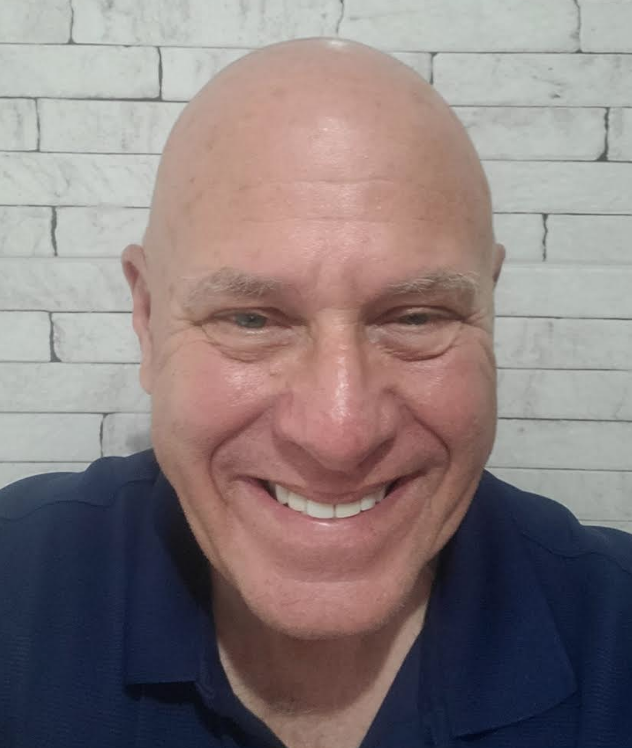Probably the most well known form of rebellion is that of the youth approaching adulthood. The youth cannot continue their development toward adulthood by continuing to follow the dictates of the parent. They must start to make their own decisions and learn by their mistakes. If even the smallest deviations from the prescribed behavior are met with stern reprimand, resentment builds and inevitably is followed by more drastic rebellious acts. If what the parent fears most is the use of drugs and promiscuous sexual behavior it is likely that some form of this behavior will ultimately result to demonstrate independence if lesser forms of independent behavior are repressed. The form of independent expression is usually dictated by the accepted norms of the group to which the oppressed individual belongs, which are, in turn, usually dictated by the more daring and bold leadership of the group.
A second example is that of oppressed minority cultures. David Brooks of the New York Times has recently commented on the common use of "gangsta rap" customs in both the American youth culture and the participants in the recent uprisings in French minority ghettos:
"The images, modes and attitudes of hip-hop and gangsta rap are so powerful they are having a hegemonic effect across the globe.
When rap first came to France, American rappers dominated the scene, but now the suburban immigrant neighborhoods have produced their own stars in their own language. French rap lyrics today are like the American gangsta lyrics of about five or 10 years ago, when it was more common to fantasize about cop killings and gang rape.
The French gangsta pose is familiar. It is built around the image of the strong, violent hypermacho male, who loudly asserts his dominance and demands respect. The gangsta is a brave, countercultural criminal. He has nothing but rage for the institutions of society: the state and the schools. He shows his own cruel strength by dominating women. It is perhaps no accident that until the riots, the biggest story coming out of these neighborhoods was the rise of astonishing and horrific gang rapes.
In other words, what we are seeing in France will be familiar to anyone who watched gangsta culture rise in this country. You take a population of young men who are oppressed by racism and who face limited opportunities, and you present them with a culture that encourages them to become exactly the sort of people the bigots think they are -- and you call this proud self-assertion and empowerment.
You take men who are already suspected by the police because of their color, and you romanticize and encourage criminality so they will be really despised and mistreated. You tell them to defy oppression by embracing self-destruction.
In America, at least, gangsta rap is sort of a game. The gangsta fan ends up in college or law school. But in France, the barriers to ascent are higher. The prejudice is more impermeable, and the labor markets are more rigid. There really is no escape."
It's not such a leap to extend this sort of behavior to dead-end Muslims in ghettos throughout the Islamic world. Along comes an Osama bin Laden or an al-Zarkawi with utopian reasons to commit to a world uprising against The Man, particularly when The Man is doing very well and infusing his cultural norms into a culture dominated by a stifling religion. And what results is Islamic extremism, just another form of rebellion from an oppressed culture with no hope of controlling their own destiny.
But, in all these cases, is the rebellion really a threat to organized society if the causes are reduced or eliminated? Can the struggling adolescent, the gansta rapper, or the Islamic extremist take over and control a society by force? Do they really want to? Or are they just looking for some reason to believe they can control their own destiny?
Obviously there's a difference in these three forms of rebellion, and that Islamic extremists are a greater danger than adolescent teens. But, should our approach be to declare war or to protect against such behavior while at the same time trying to correct the situation giving rise to the behavior? The decision is up to us
Elwood Anderson is a retired engineer/businessman living in Las Vegas. More information about his interests is available on his website and his blog.




